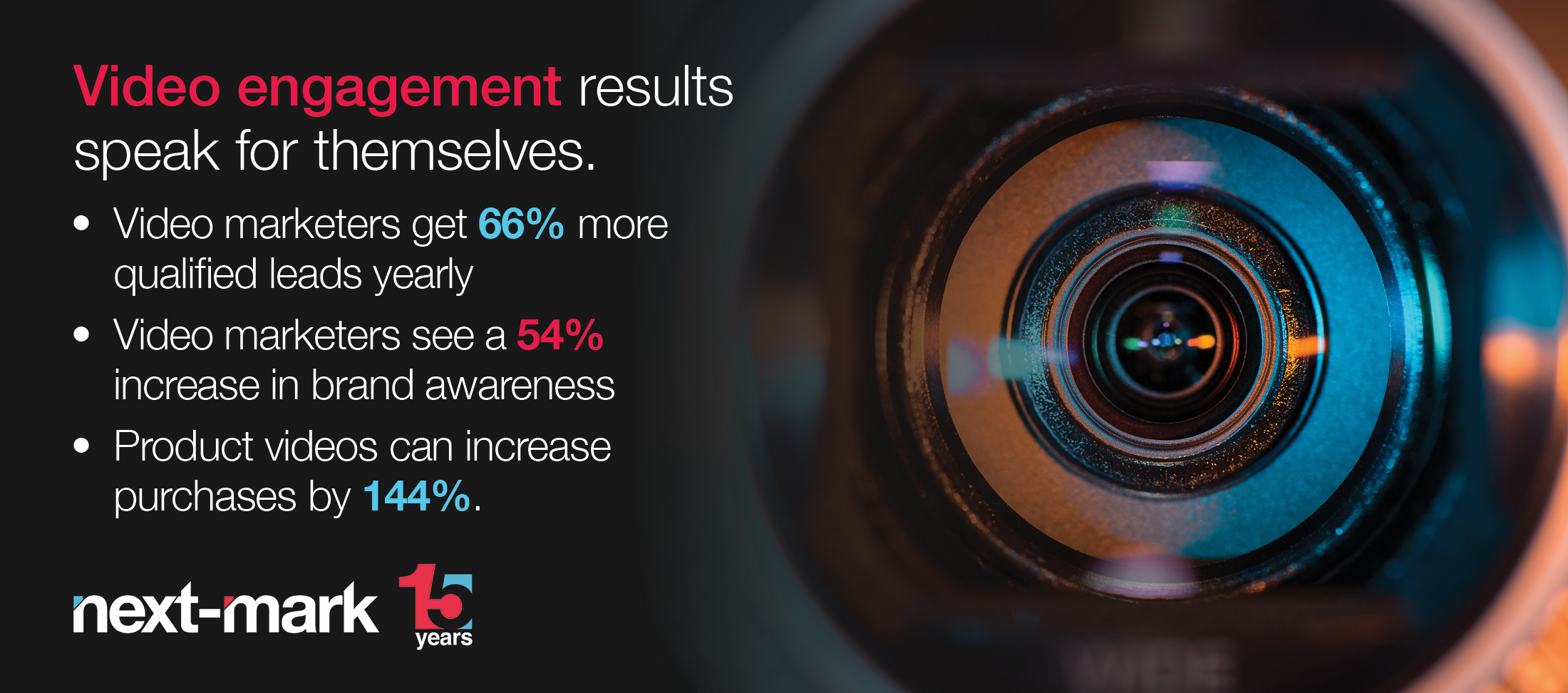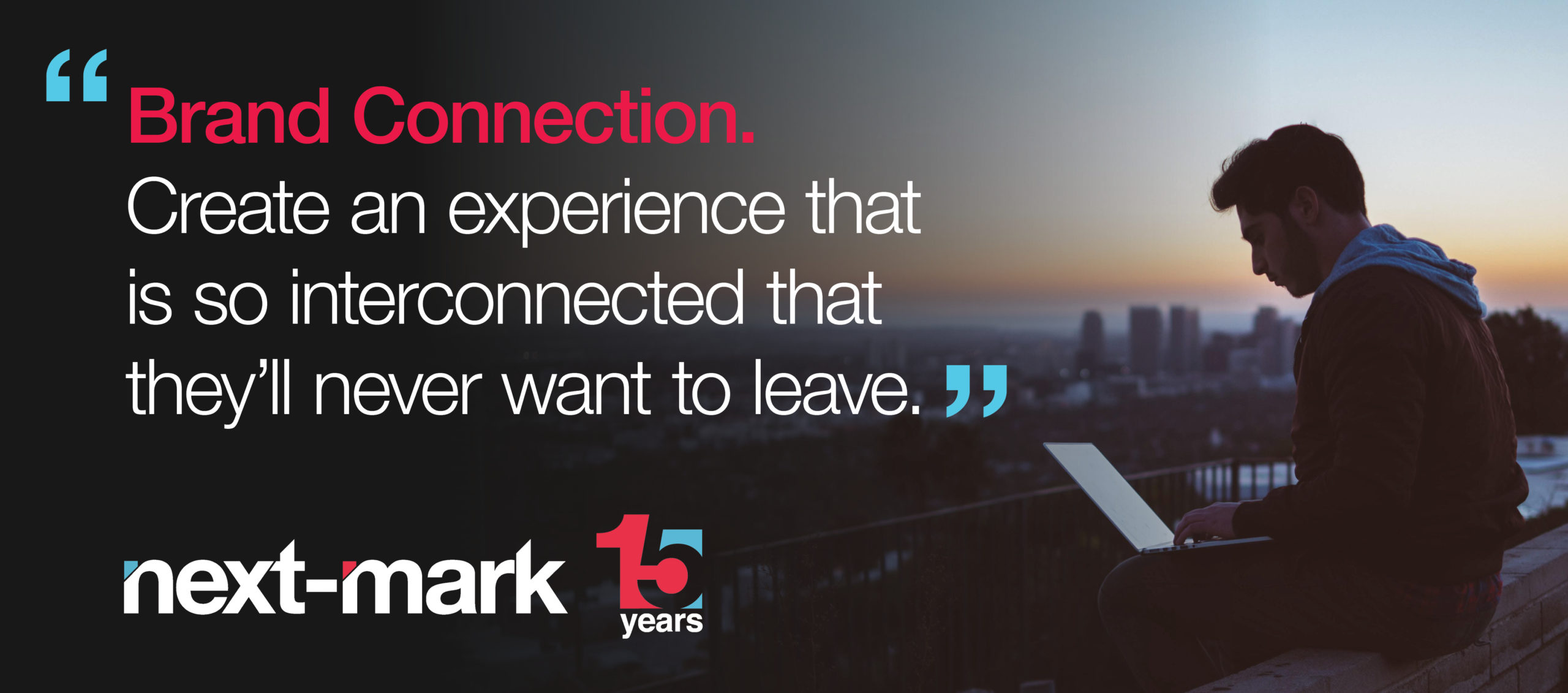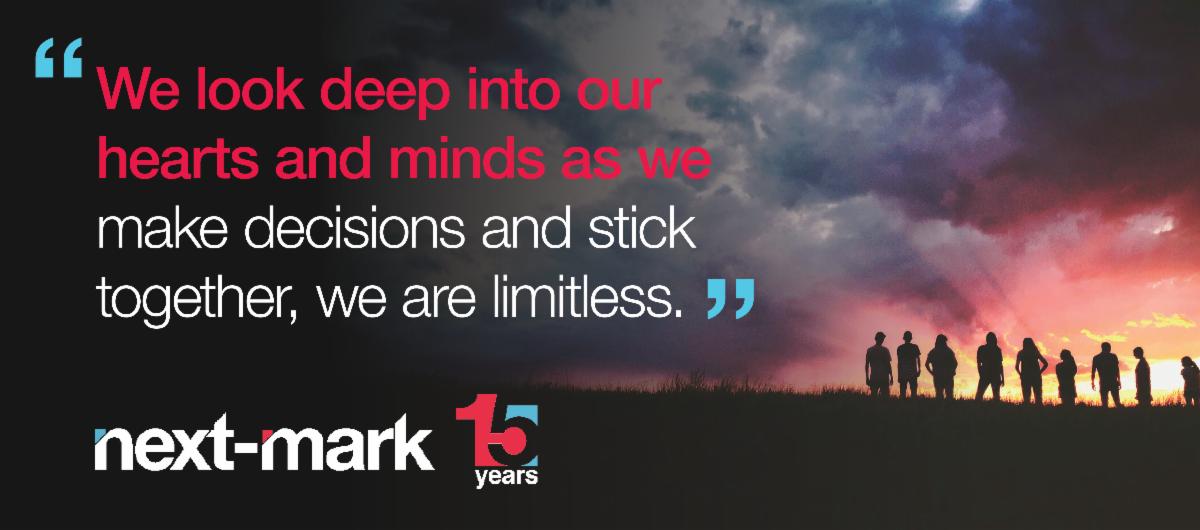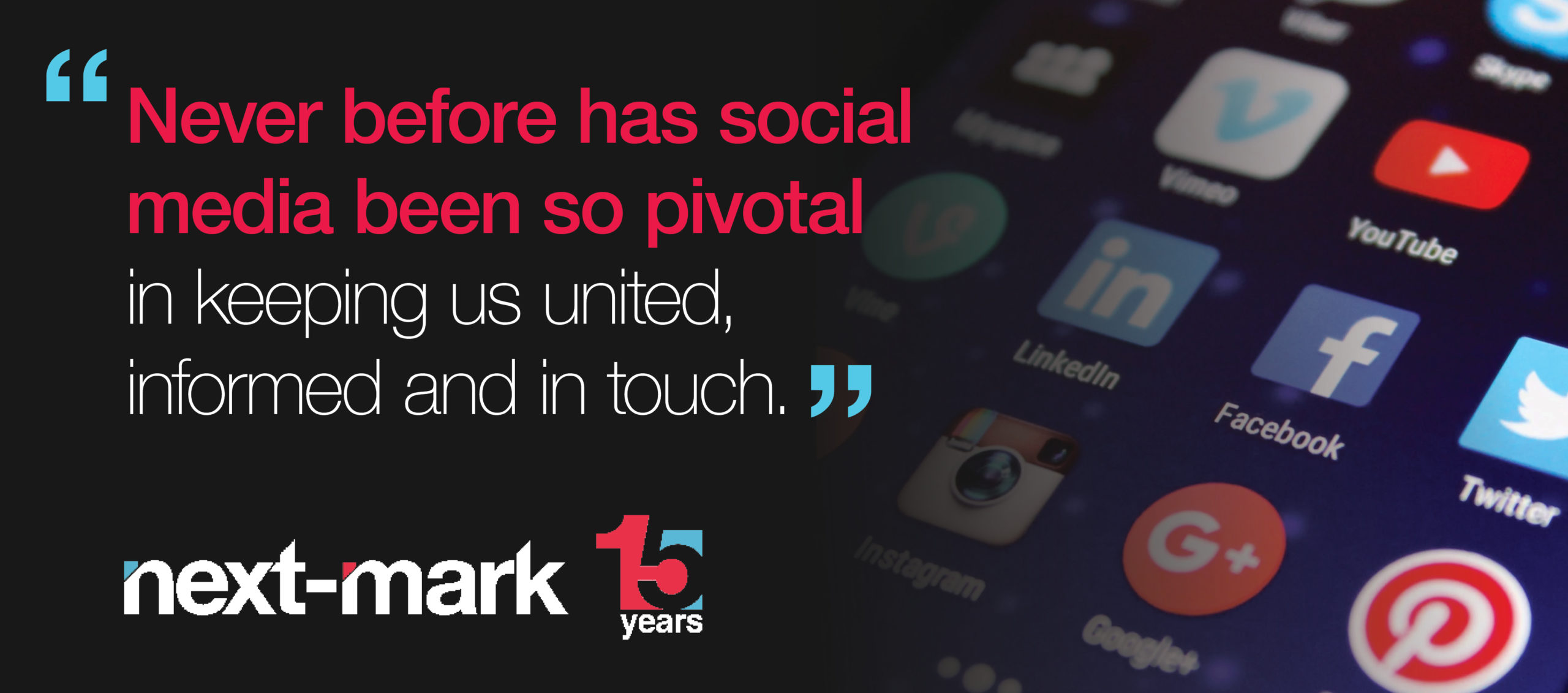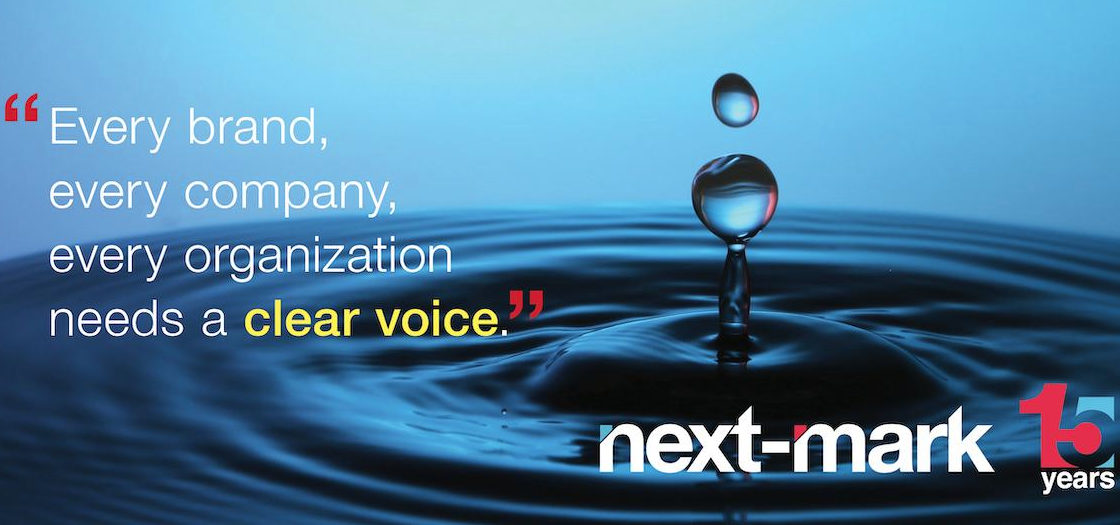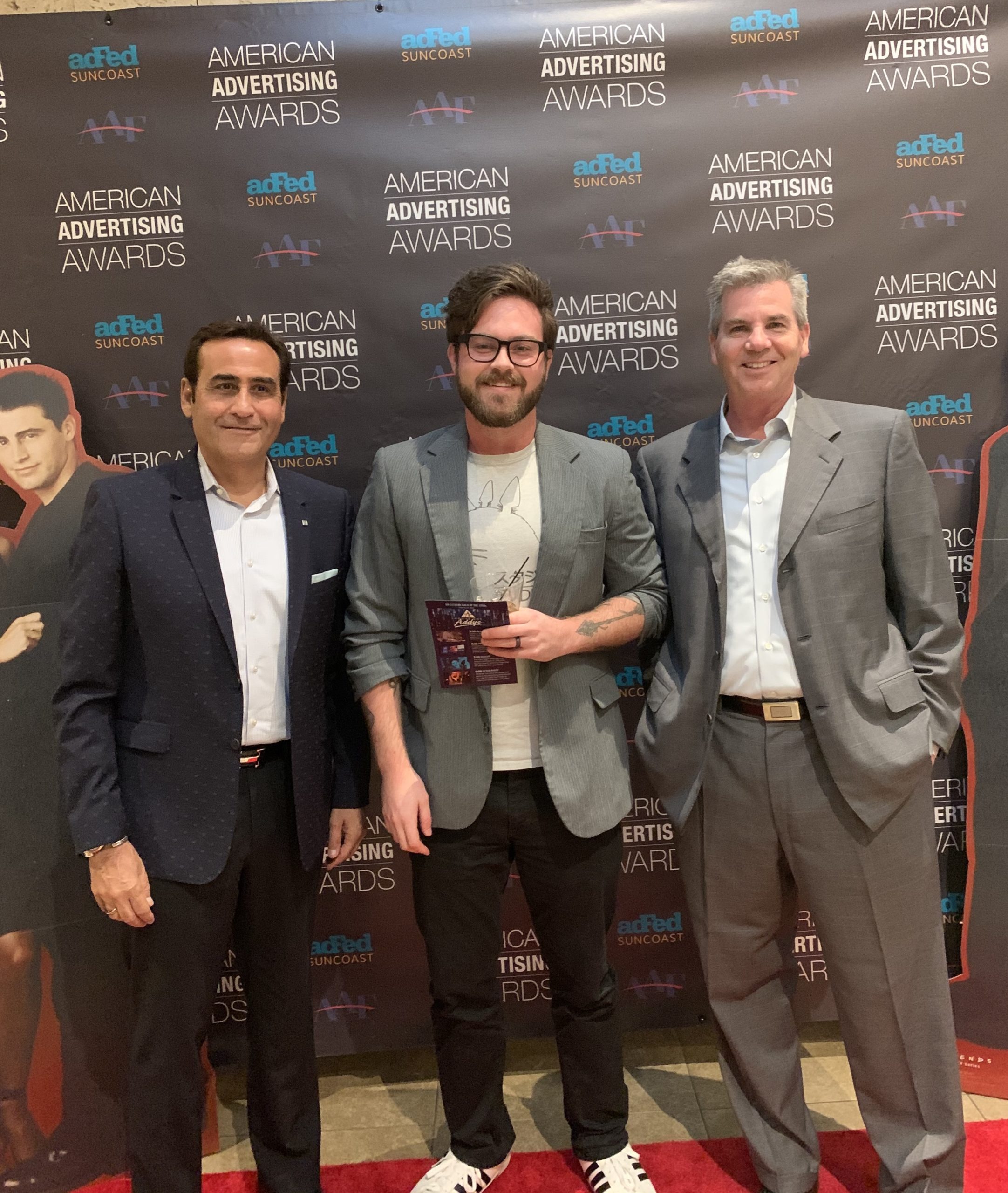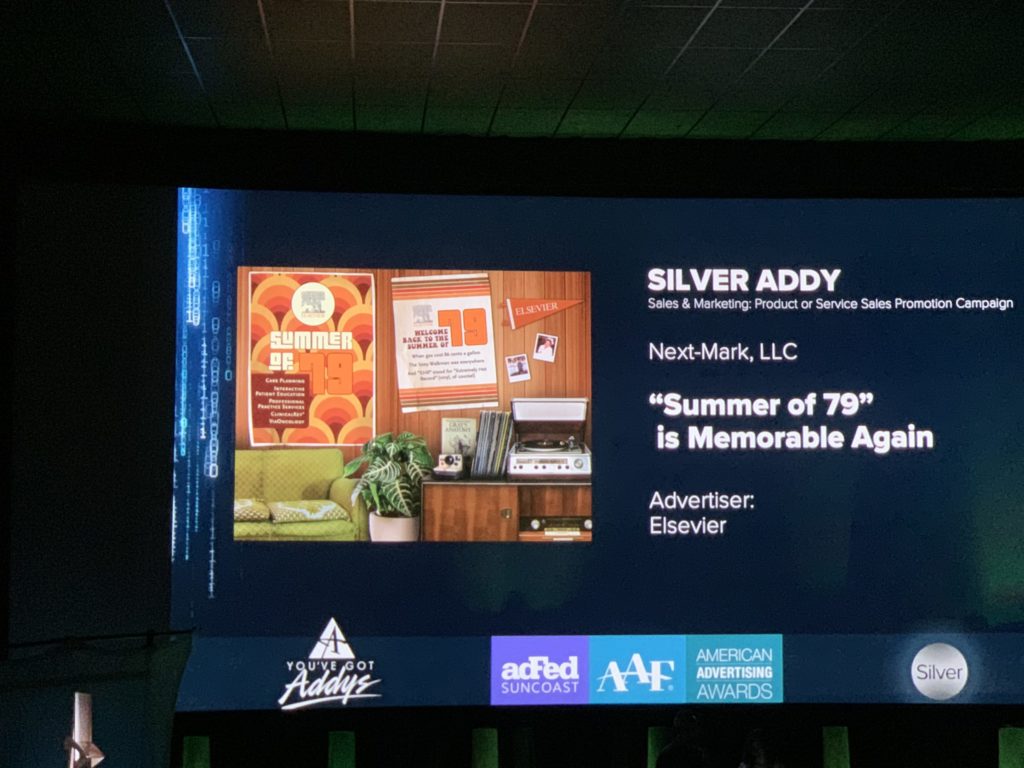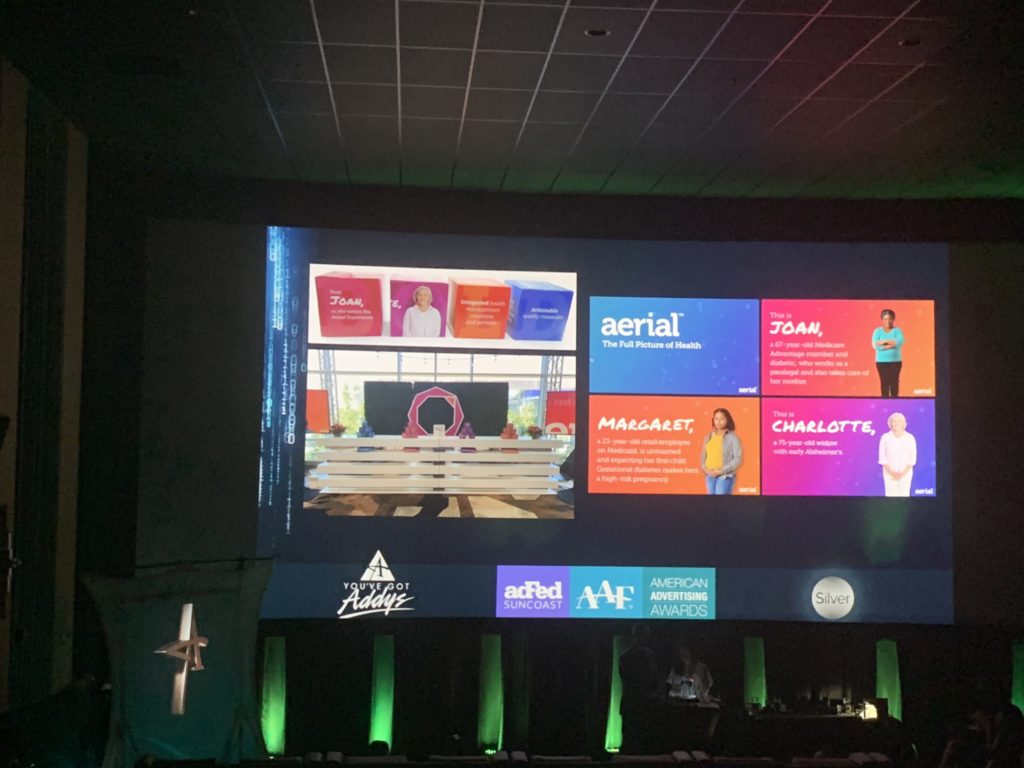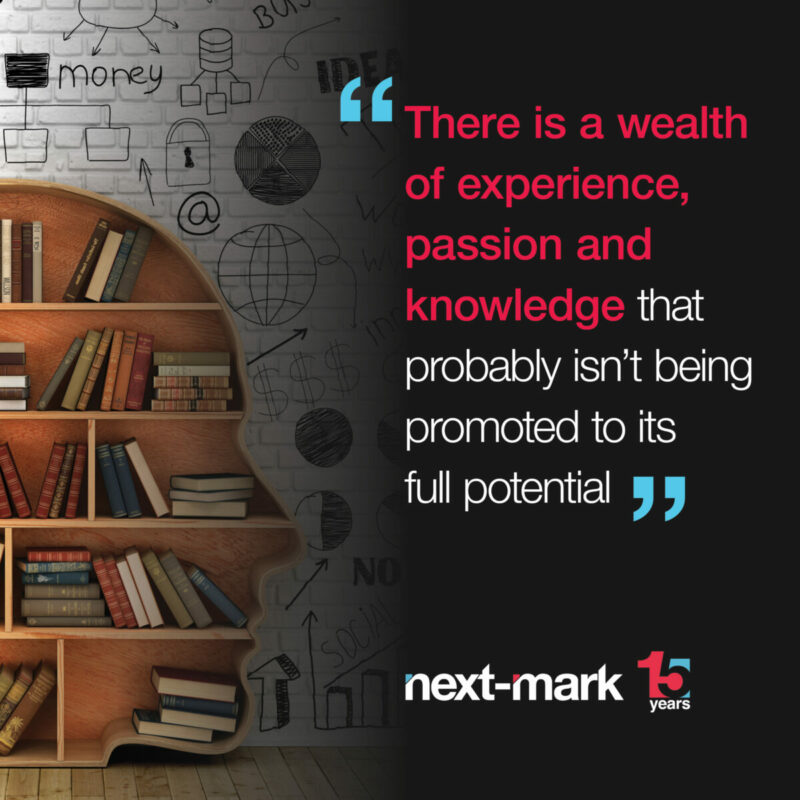
Today, Next-Mark president and founder, Joseph Grano presented via Zoom to the Florida Public Relations Association’s Tampa Bay Chapter, discussing the steps required to build and sustain a successful thought leadership program.
The presentation was predicated on the assumption that no matter where a person is in their career or a business is in its evolution, there is a wealth of experience, passion and knowledge that probably isn’t being promoted to its full potential. When it is, those elements can combine to create an environment in which an individual or organization becomes a recognized authority and source of valuable information. This, in turn, creates an affinity for the personal or business brand, creating conversations and relationships.
About Thought Leaders
Thought leadership is a serious pursuit. However, that doesn’t mean that the voices behind it are grandstanders, self-appointed gurus or pontificators. Rather, they are trusted, informed, go-to sources in their fields of expertise. Moreover, they are influencers who are both inspirational and aspirational, while providing credible, notable and sustainable content – both their own and that curated from others. Their goal is to provide their audiences with the best answers to their questions.
Benefits of Thought Leadership
Good thought leadership (1) creates an affinity for a brand; introduces that brand as part of the conversation early in the consumer journey; creates a new level of intimacy with targeted audiences; is extremely cost efficient.
A Journey of 10 Steps
1. Build Your Thought Leadership Platform; Create/Curate Content that Drives Results:
- Identify topics that align with the brand
- Identify opportunities to gain share of mind.
- Identify questions customers are asking and answer them in multiple formats.
- Create value in the process, that is, provide something valuable to receive something else that’s more valuable to you.
2. Create a “Sphere of Influence” With Three Simple Questions:
- Whom do you want to reach?
- What will resonate with the audience?
- How will you do it?
3. Make it Personal:
- Your message is inseparable from who you are.
- Your transparency will translate into an authentic and sustainable message.
- Your unique story must resonate.
4. Map the Leadership Conversation:
- Tell your story.
- Align your leadership message to your brand.
- Be consistent.
- Be ethical.
5. Build an Arsenal of Thought Leadership Assets:
- Information from trusted sources, including media and influencers
- Social network posts
- Blogs
- Case studies
- Infographics
- White papers
- Executive briefs
- Videos
6. Stand Out in the Crowd:
- Create and curate thought leadership content that drives results.
- Take measured chances, don’t be afraid to surprise the audience.
- Add value to existing content that is memorable, shareable and sustainable.
7. Select the Optimal Channels, Platforms and Outlets; Go Where YOUR Audiences Are:
- Digg
- YouTube
- Etcetera and so on
Visionary Marshall McLuhan once famously said, “the medium is the message,” interpreted to mean that the way we send and receive information is more important than the information itself. He was talking about television and radio. But think of it in today’s digital world: Where we once were consumers of information, we now also are producers, creating our own information, as well. That’s a lot of opportunity – and responsibility.
8. Always Be Strategic:
Work toward goals and plan well. Thought leadership is more than throwing all you know at an audience, depending on the laws of probability that something might stick.
9. Measure Results Through Routine Audits:
- Online metrics
- Response rates
- Monitoring formal and informal conversations about your brand
10. And Always Communicate Your Success:
And all along the way, seek to showcase excellence through engaging, thought-provoking content; be authentic, concise and fact-based; and enjoy the journey to becoming an acknowledged thought leader.
If we can collaborate with your thought leadership initiatives or provide any other marketing communications solutions, please contact us directly at 941.544.2765.
